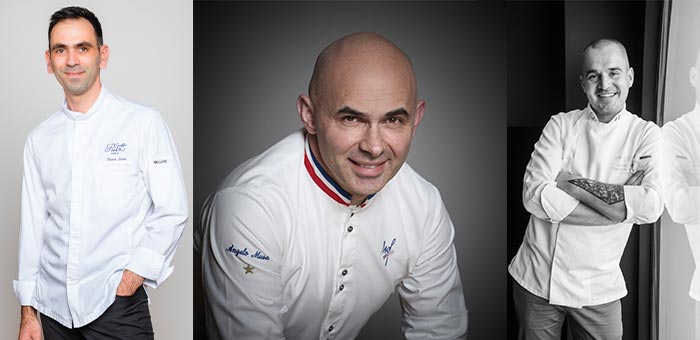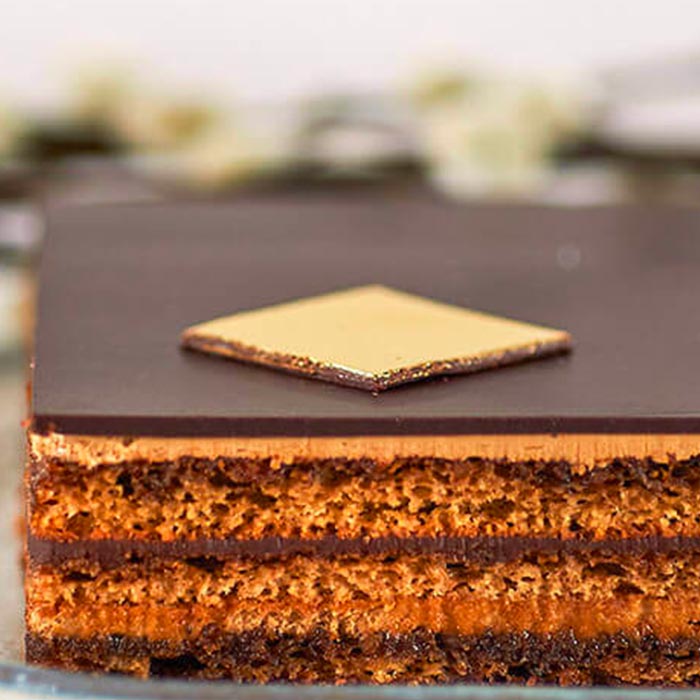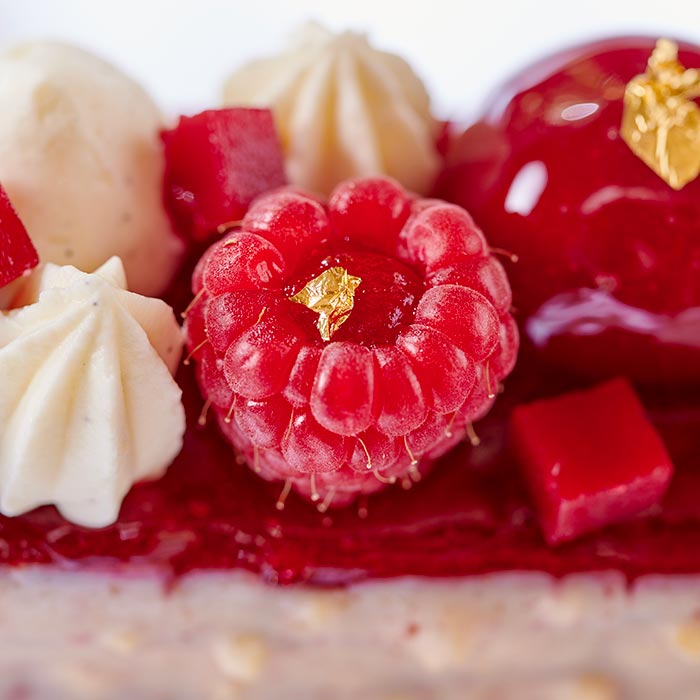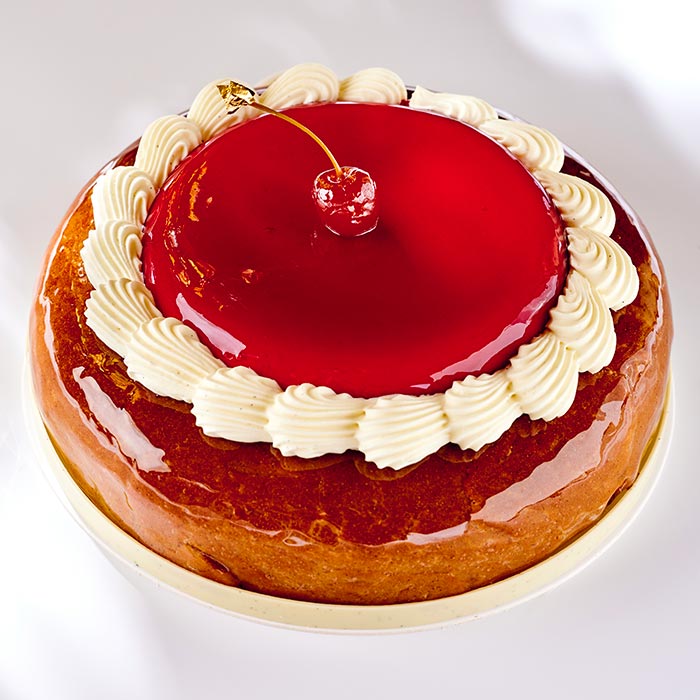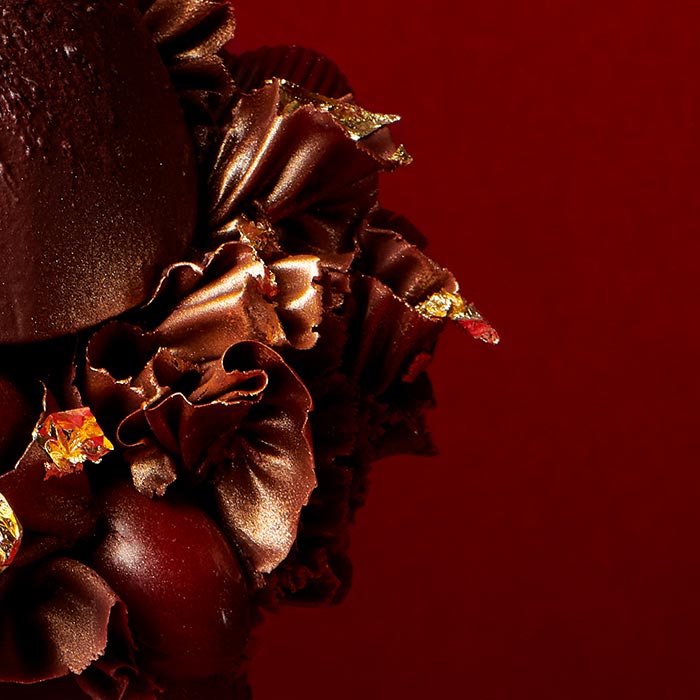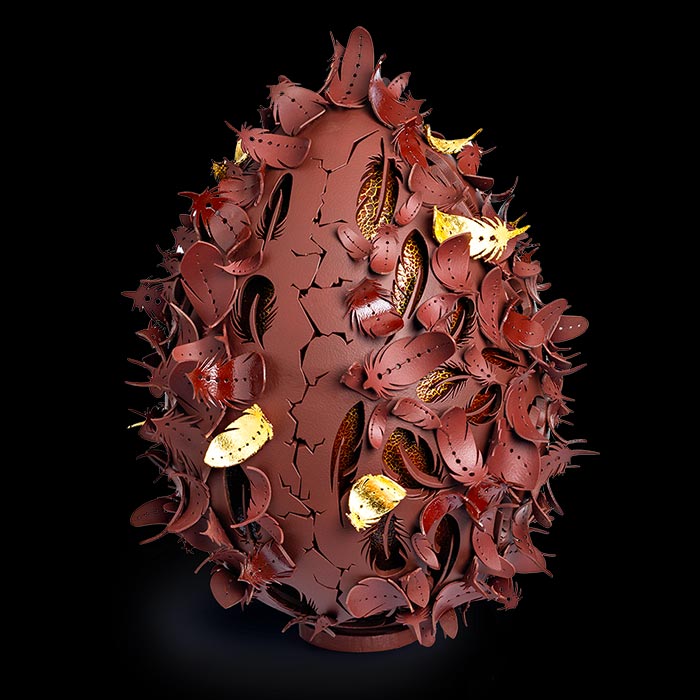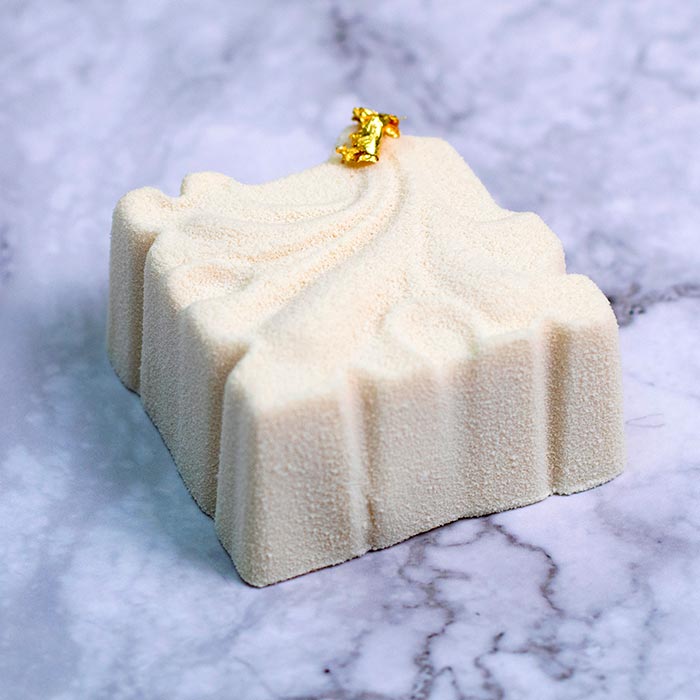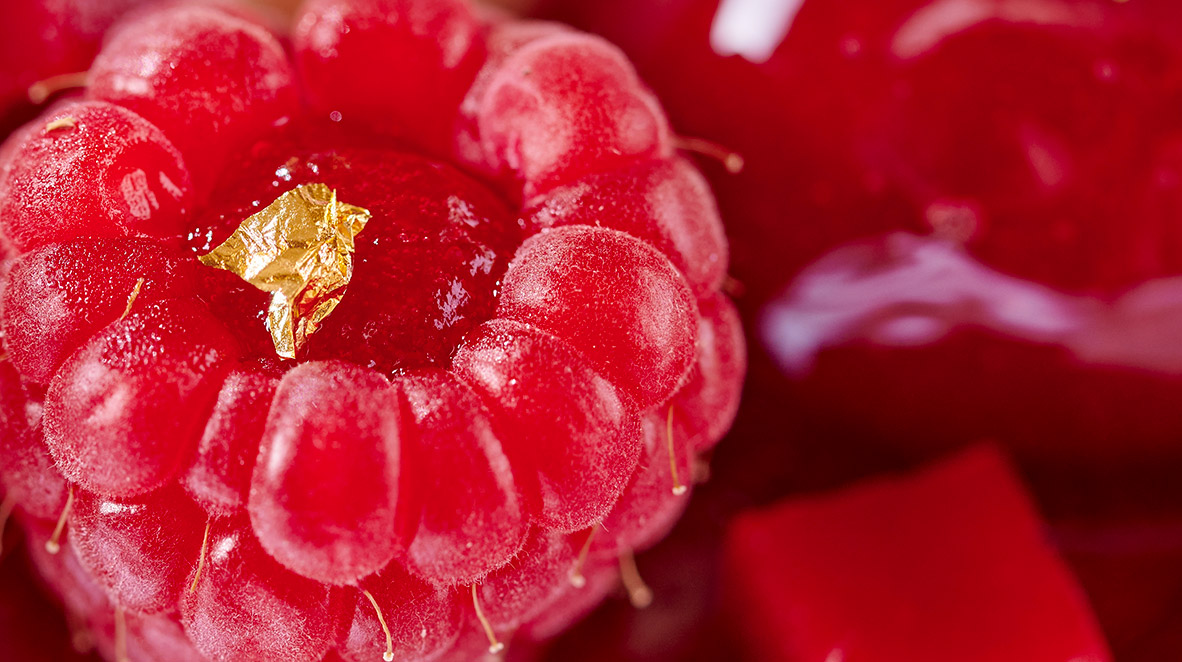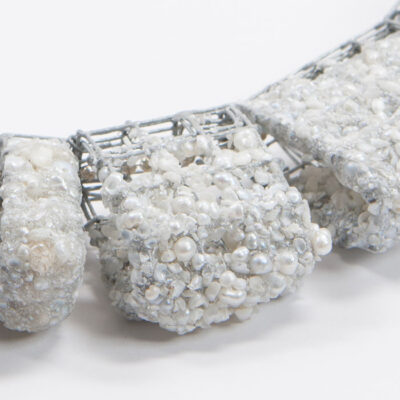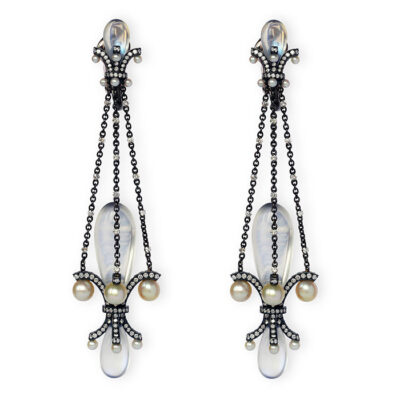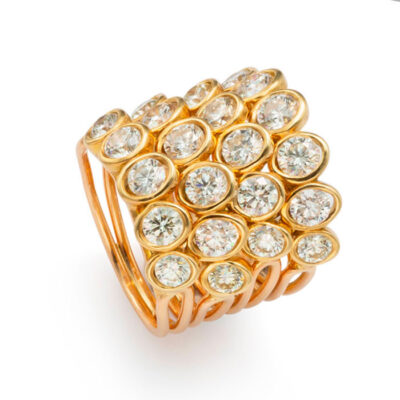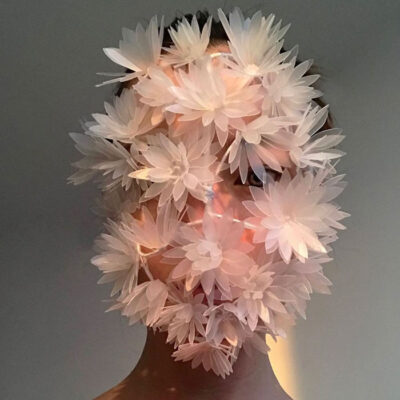Style
15 June 2022
Share
TFJP x Comité Colbert, putting gold on the menu
TFJP and the Comité Colbert explore the use of gold in the French luxury industry. This precious metal is not only used in jewelry: chefs and pastry chefs also use it in their creations. The first part is dedicated to gastronomy and pastry…
By Sandrine Merle.
Real gold
Did you know that the gold detail on the famous Opéra cake by Dalloyau was real gold, just like on the Easter eggs of the Plaza Athénée Hotel, the Tiramisu at the Ritz in Paris or the Soleil Percé by the Maison du Chocolat? It is in fact pure gold – as found in nature – even purer than that used by jewelers (the latter being 18-carat gold, i.e. mixed with other metals to make it less malleable). “The vast majority of our customers probably have no idea that they’re eating real gold,” says Olivier Lainé, pastry chef at the Ritz Escoffier culinary school. And in case you’re worried, gold is not bad for you – it’s perfectly digestible and has a very high biocompatibility rate due to the thinness of the leaves used.
Expertise in gold leaf
The basic material used by the pastry chefs is an extremely thin gold leaf at 1/7,000 mm, the same as that used by the frame gilder at Versailles or the restorer of the domes at the Opéra. “It’s very fragile, very volatile, and requires highly technical manipulation – real sleight of hand. We need to take a thousand precautions in order not to spoil or ruin it”, explains Nicolas Cloiseau, chef of the Maison du Chocolat (see video). You have to pick each sheet delicately out from a sheaf with a pair of tongs or a knife tip – never with your fingers because it disintegrates immediately! “It’s also out of the question to blow on it like a gilder for obvious reasons of hygiene”, adds Jérémy Del Val, head of pastry creation at Dalloyau. Gold also exists in flakes that are sprinkled like salt on petits fours or filled into a pipette that “explodes”.
A celebratory touch
Gold has no taste. It does not crunch under the tooth. Its purpose is purely aesthetic, to highlight the exceptional character of a creation. “It enhances the high-quality ingredients we use,” explains Angelo Musa, pastry chef at Plaza Athénée. It’s also reserved for special occasions like Easter. At Dalloyau, chef Benoît Ayissi also uses gold with savory dishes such as, Opéra foie gras or caviar. He even sprinkles it on the Christmas turkey, a house classic. This precious metal is intimately bound up with the prestigious places in which it is served: you won’t find an éclair adorned with gold next to the pastries at your local bakery! “It echoes the moldings, the tables, the golden taps, the delicate porcelain tableware of royal palaces,” continues Angelo Musa. The golden tip on the Dalloyau flower, offered exclusively at La Samaritaine, is reminiscent of Art Nouveau and Art Deco ironwork in the same color.
Sparingly used – the French touch
But beware! Too much gold spoils the effect… Just look at the torrent of criticism generated by an artist’s 100% gold dinners or the prime rib in its golden shell devoured by a soccer player in Dubai! Light years away from these kitschy excesses, French chefs use gold sparingly, as a special touch. It remains exceptional. “It ennobles a dish but should never steal the show,” explains Angelo Musa. And the price of gold not only has consequences for jewelers, it can quickly send the cost price of a pastry through the roof: “At 40 euros per sheaf of 25 sheets, it can reach 2 euros per cake,” explains Olivier Lainé. However, there’s no question of turning to silver, which is less expensive but less highly prized. Besides, it could be mistaken for a piece of aluminum…
Gold and chocolate, the classic combo
“Gold brings chic and elegance, and goes with just about everything: chocolate, red fruits, etc.. My only reservation concerns exotic fruits with similar tones,” says Jérémy Del Val. The gold-chocolate association, very dark and very bright, remains highly popular: one of the most famous illustrations being the Opéra inspired by the famous monument with the glittering roof. When we see all these sophisticated pastries, we immediately think of images of Buddha or African statues covered with gold leaf. This dark and bright duality also harks back to the frames adorning Flemish paintings. “The ultimate is the association with a glaze, adding light to light,” notes Olivier Lainé. The taste of gold is truly sacred…
Banner image: marbled vanilla-raspberry cake by Olivier Lainé, pastry chef at the Ritz Escoffier culinary school
Comité Colbert is a 1901 law association that brings together more than 100 members representing French luxury. Its mission is to passionately promote, patiently transmit and sustainably develop French savoir-faire and creation in order to infuse a new sense of wonder.
Related articles:


